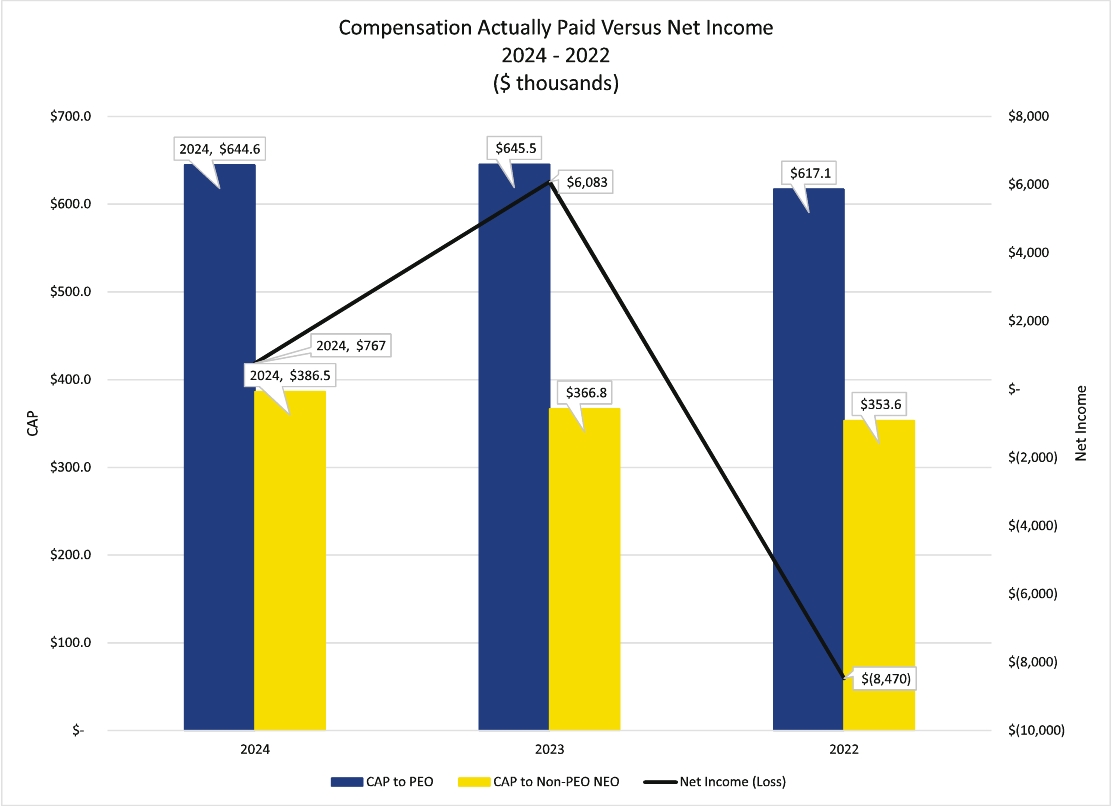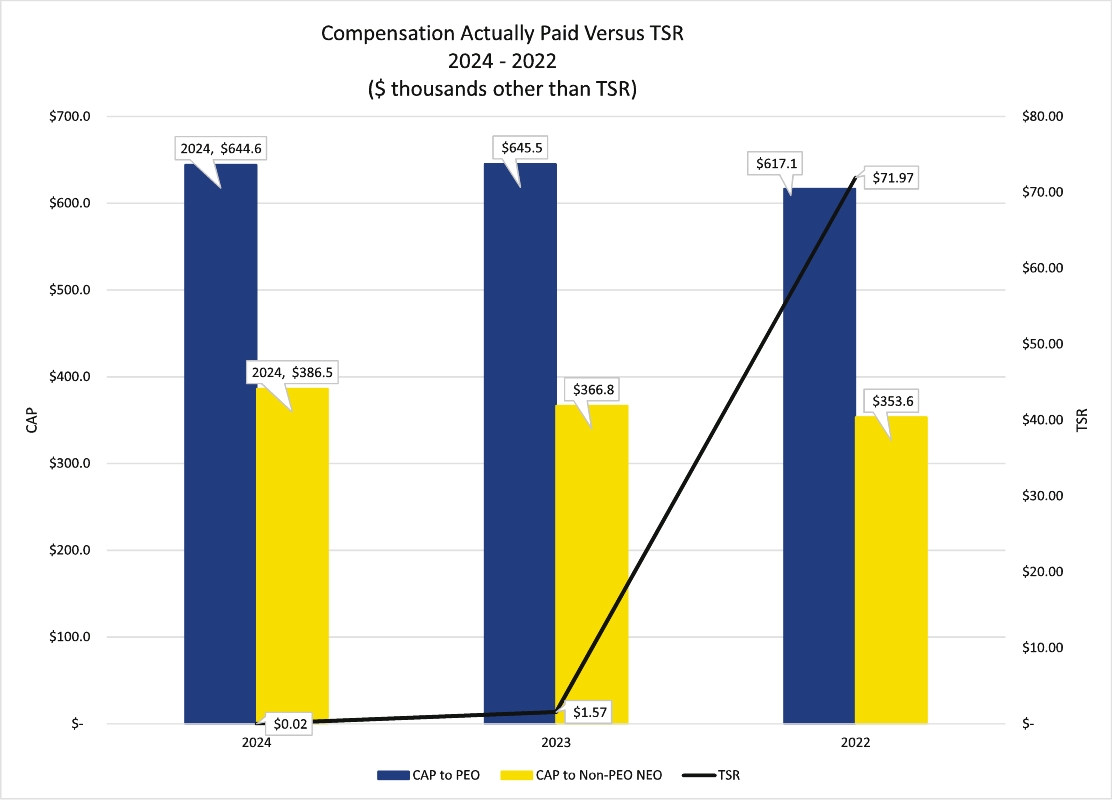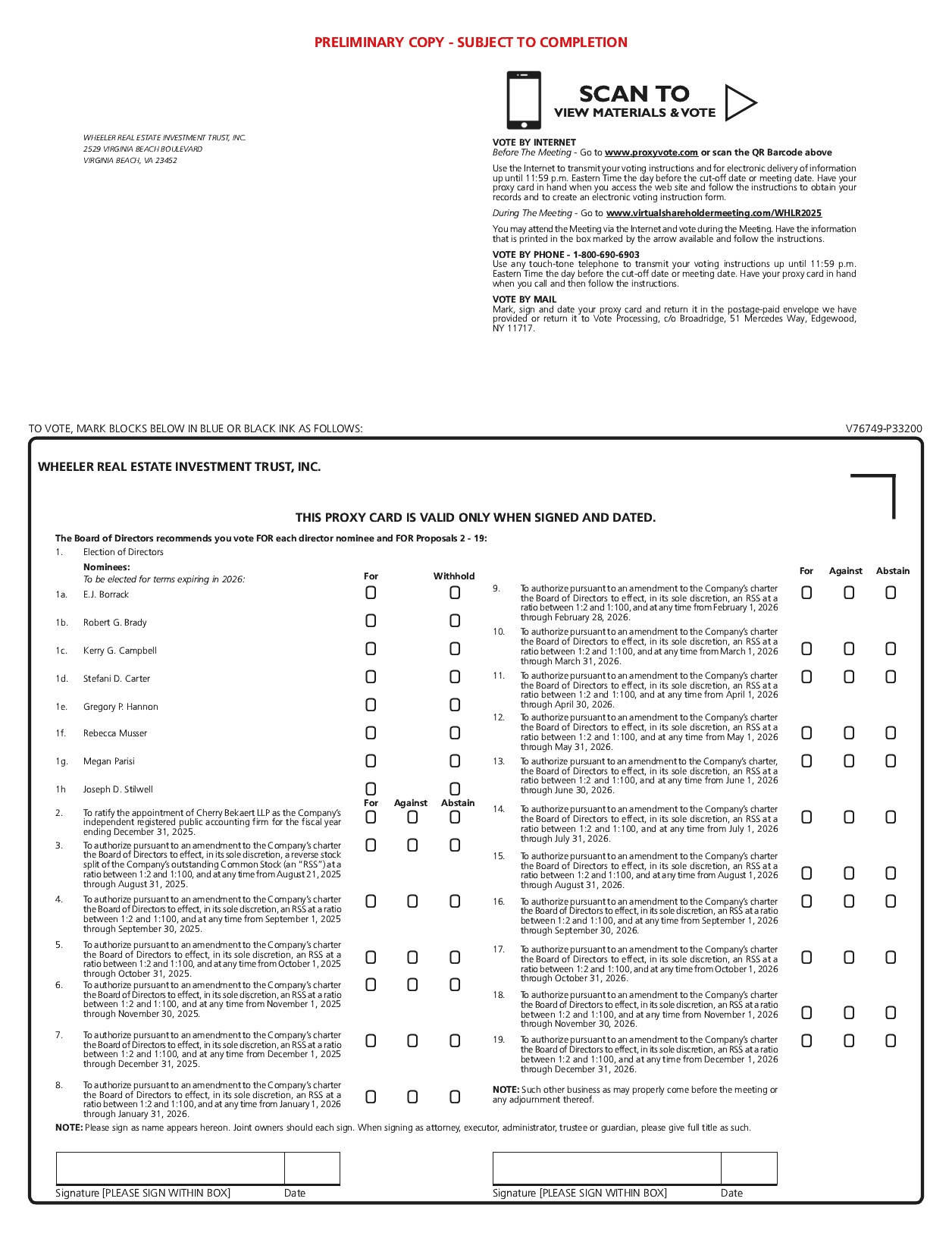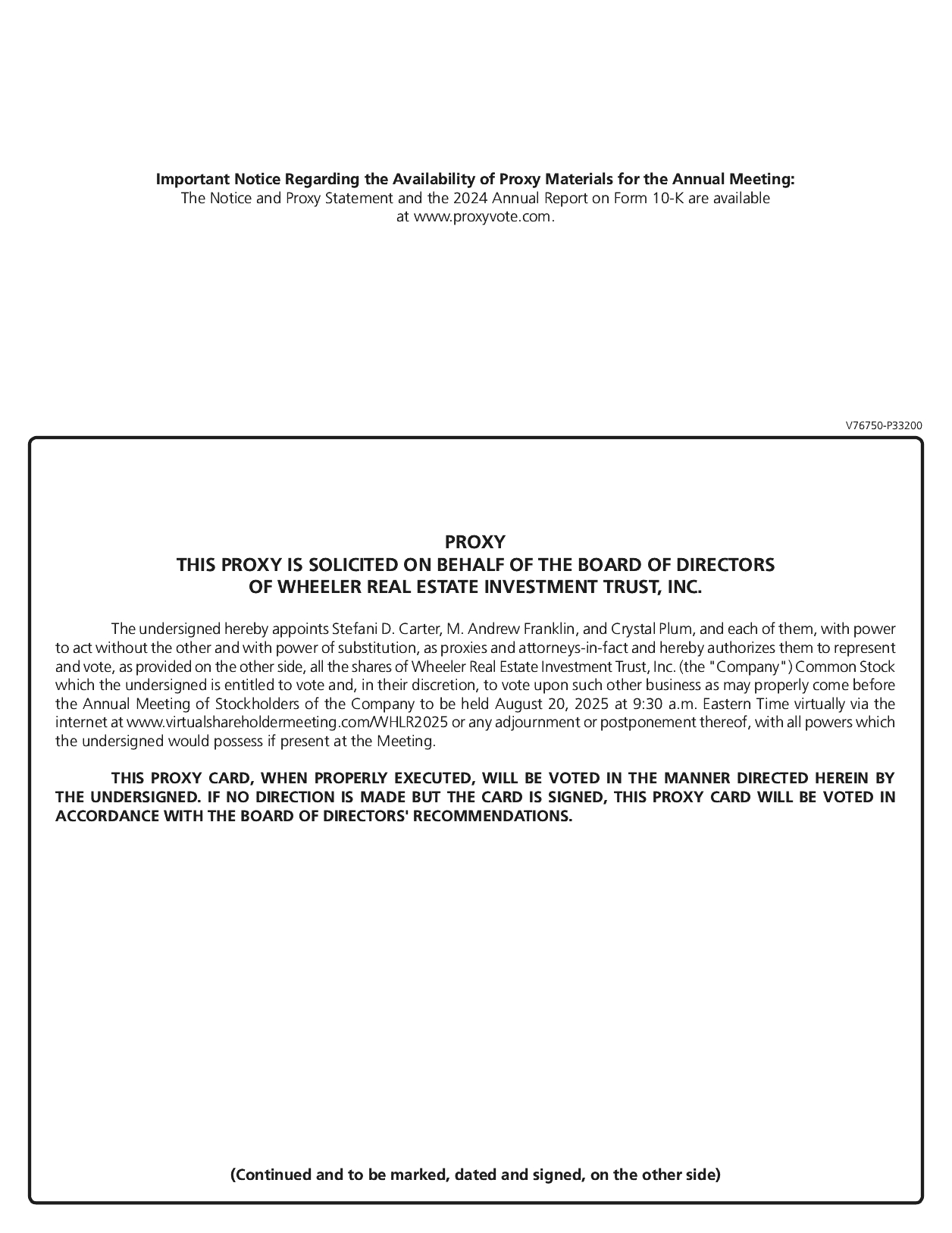Reverse Stock Split (Proposal 10). The affirmative vote of stockholders entitled to cast a majority of all the votes entitled to be cast is required to approve this proposal. In voting for this proposal, you may vote “FOR”, “AGAINST” or “ABSTAIN”. For purposes of the vote on this proposal, abstentions will have the same effect as a vote “AGAINST” this proposal. This proposal is a matter on which brokers are expected to have discretionary voting authority, and we do not, therefore, expect any broker non-votes with respect to this proposal.
Reverse Stock Split (Proposal 11). The affirmative vote of stockholders entitled to cast a majority of all the votes entitled to be cast is required to approve this proposal. In voting for this proposal, you may vote “FOR”, “AGAINST” or “ABSTAIN”. For purposes of the vote on this proposal, abstentions will have the same effect as a vote “AGAINST” this proposal. This proposal is a matter on which brokers are expected to have discretionary voting authority, and we do not, therefore, expect any broker non-votes with respect to this proposal.
Reverse Stock Split (Proposal 12). The affirmative vote of stockholders entitled to cast a majority of all the votes entitled to be cast is required to approve this proposal. In voting for this proposal, you may vote “FOR”, “AGAINST” or “ABSTAIN”. For purposes of the vote on this proposal, abstentions will have the same effect as a vote “AGAINST” this proposal. This proposal is a matter on which brokers are expected to have discretionary voting authority, and we do not, therefore, expect any broker non-votes with respect to this proposal.
Reverse Stock Split (Proposal 13). The affirmative vote of stockholders entitled to cast a majority of all the votes entitled to be cast is required to approve this proposal. In voting for this proposal, you may vote “FOR”, “AGAINST” or “ABSTAIN”. For purposes of the vote on this proposal, abstentions will have the same effect as a vote “AGAINST” this proposal. This proposal is a matter on which brokers are expected to have discretionary voting authority, and we do not, therefore, expect any broker non-votes with respect to this proposal.
Reverse Stock Split (Proposal 14). The affirmative vote of stockholders entitled to cast a majority of all the votes entitled to be cast is required to approve this proposal. In voting for this proposal, you may vote “FOR”, “AGAINST” or “ABSTAIN”. For purposes of the vote on this proposal, abstentions will have the same effect as a vote “AGAINST” this proposal. This proposal is a matter on which brokers are expected to have discretionary voting authority, and we do not, therefore, expect any broker non-votes with respect to this proposal.
Reverse Stock Split (Proposal 15). The affirmative vote of stockholders entitled to cast a majority of all the votes entitled to be cast is required to approve this proposal. In voting for this proposal, you may vote “FOR”, “AGAINST” or “ABSTAIN”. For purposes of the vote on this proposal, abstentions will have the same effect as a vote “AGAINST” this proposal. This proposal is a matter on which brokers are expected to have discretionary voting authority, and we do not, therefore, expect any broker non-votes with respect to this proposal.
Reverse Stock Split (Proposal 16). The affirmative vote of stockholders entitled to cast a majority of all the votes entitled to be cast is required to approve this proposal. In voting for this proposal, you may vote “FOR”, “AGAINST” or “ABSTAIN”. For purposes of the vote on this proposal, abstentions will have the same effect as a vote “AGAINST” this proposal. This proposal is a matter on which brokers are expected to have discretionary voting authority, and we do not, therefore, expect any broker non-votes with respect to this proposal.
Reverse Stock Split (Proposal 17). The affirmative vote of stockholders entitled to cast a majority of all the votes entitled to be cast is required to approve this proposal. In voting for this proposal, you may vote “FOR”, “AGAINST” or “ABSTAIN”. For purposes of the vote on this proposal, abstentions will have the same effect as a vote “AGAINST” this proposal. This proposal is a matter on which brokers are expected to have discretionary voting authority, and we do not, therefore, expect any broker non-votes with respect to this proposal.
Reverse Stock Split (Proposal 18). The affirmative vote of stockholders entitled to cast a majority of all the votes entitled to be cast is required to approve this proposal. In voting for this proposal, you may vote “FOR”, “AGAINST” or “ABSTAIN”. For purposes of the vote on this proposal, abstentions will have the same effect as a vote “AGAINST” this proposal. This proposal is a matter on which brokers are expected to have discretionary voting authority, and we do not, therefore, expect any broker non-votes with respect to this proposal.
Reverse Stock Split (Proposal 19). The affirmative vote of stockholders entitled to cast a majority of all the votes entitled to be cast is required to approve this proposal. In voting for this proposal, you may vote “FOR”, “AGAINST” or “ABSTAIN”. For purposes of the vote on this proposal, abstentions will have the same effect as a vote “AGAINST” this proposal. This proposal is a matter on which brokers are expected to have discretionary voting authority, and we do not, therefore, expect any broker non-votes with respect to this proposal.




